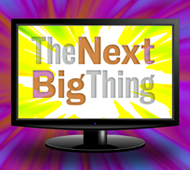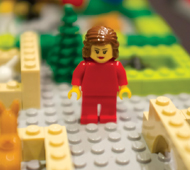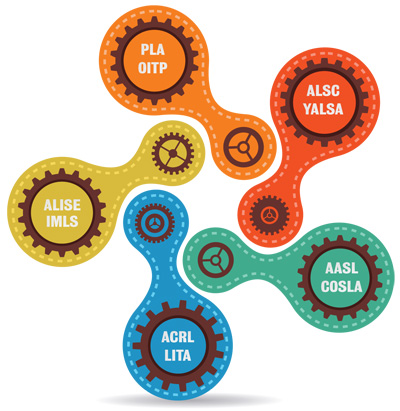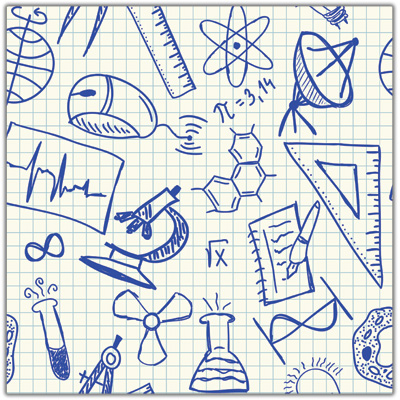Christopher Harris
28 Articles
Last 30 days
Last 6 months
Last 12 months
Last 24 months
Specific Dates
From:
To:
Play-Based Learning for Teens, Via Board Games
The maker movement has shown the efficacy and potential for play-based learning at higher grade levels. Chris Harris posits that an incredibly successful way to implement play-based learning in K–12 content areas is through games.
Is 2015 the Year of the Desktop? | The Next Big Thing
For all the power, popularity, and potential of tablets and Chromebooks, they just can’t get some things right. Tasks like CAD designs for 3-D printing or higher-level programming work better on a powerful desktop.
Fired Up by the SLJ Summit | The Next Big Thing
Passing remarks at the event provided inspiration, outlining key points for future consideration and action.
The True Cost of Free Internet Services | Next Big Thing
We must be willing to pay for Internet products that enhance learning.
For 1:1, Content Is Key | Next Big Thing
Seven of the districts that I serve are implementing some level of 1:1 for 2014-15, however device implementation only works with great material, so be prepared.
Generation Tablet: Kids Must Learn to Hack in the Real World
Tablets are wonderful devices, providing unbelievable computing power in a simple-to-use package. But they aren’t good for developing technology problem-solvers.
Gaming the Common Core: Many board games align with the standards
When the library profession gathers in Las Vegas this month for ALA's annual conference, how can we not consider gaming in libraries? Play-based learning is an effective way to address the learning style changes of the Common Core and other emerging standards.
To Tackle Major Issues Affecting Kids, ALA Divisions Must Collaborate | The Next Big Thing
The effects of screen time on little ones, the integration of technology with library programming – these are some of the issues now facing the profession. It’s time to break down divisional silos, according to Christopher Harris, and work together to ensure libraries’ effectiveness in serving kids and teens.
Make the STEM connection | The Next Big Thing
Put the "science" back in library science and help support STEM learning
ALREADY A SUBSCRIBER? LOG IN
We are currently offering this content for free. Sign up now to activate your personal profile, where you can save articles for future viewing







